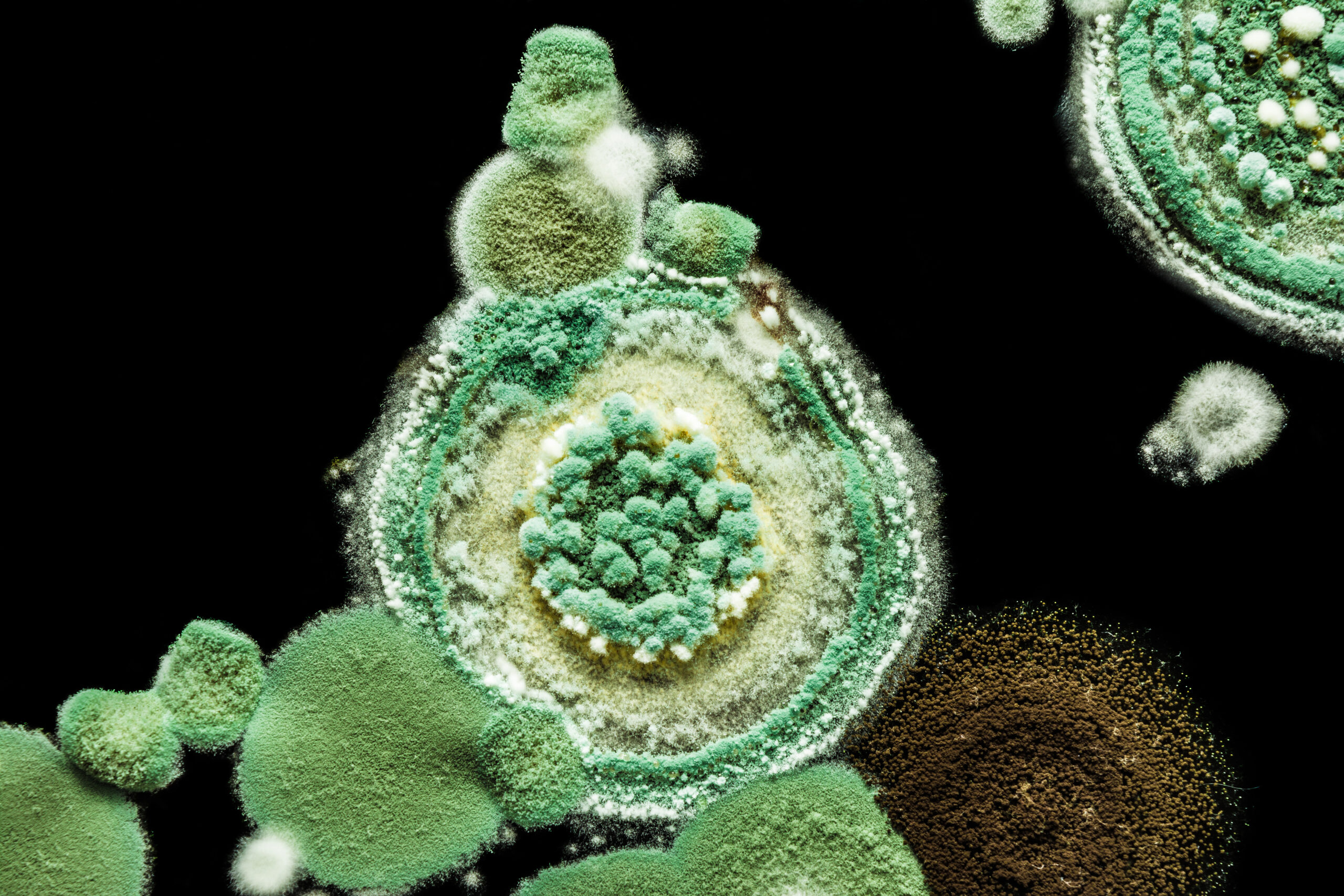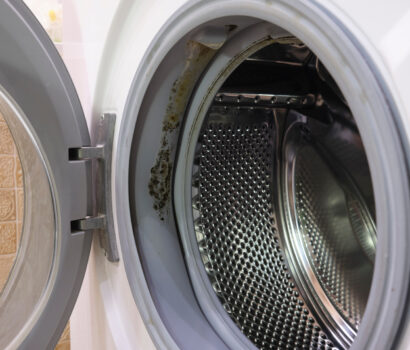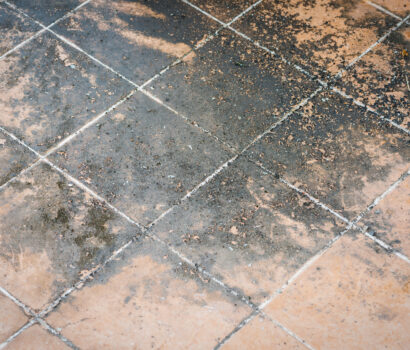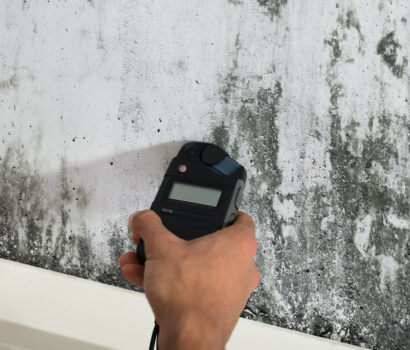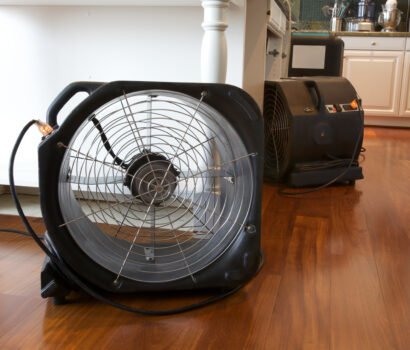Mold can be found indoors and outdoors all over the world. This eukaryotic organism plays a fascinating role in the decomposition of organic material, but it can also pose a health risk to humans who inhale or ingest mold spores. In this article, we will explore the basics of mold biology, including anatomy and how they grow. Additionally, we briefly cover the life cycle of mold and the stages within it. Keep on reading for a thrilling biology lesson!
Anatomy of Mold
Although there are many species of mold, all molds are categorized as fungi. With multiple species of mold, comes variation in the structure, size, and complexity of their anatomy. However, most molds are composed of hyphae and mycelium–the building blocks of their anatomy.
Hyphae (singular, hypha) are long, branching filaments of cells. Once enough hyphae grow and combine they become visible to the naked eye; at that point they are labeled as a mycelium (plural, mycelia).
How Does Mold Grow?
Mold likes to grow and thrive in moist, warm environments with a source of organic matter to feed on. Indoors, it’s commonly found in bathrooms, basements, kitchens, and even crawl spaces. Mold can also grow well in dark, enclosed spaces, such as inside walls or under carpeting.
Mold requires humidity and organic material to survive. It derives energy not through photosynthesis, but from the organic matter on which they live–utilizing a process called heterotrophy. During this process, the mold secretes hydrolytic enzymes from the tips of their hyphae. These enzymes degrade complex biopolymers such as starch, cellulose, and lignin into simpler substances which can be easily absorbed by the hyphae. As the mold feeds and grows, it produces more spores that are then released into the air so the growth process can start again.
The Life Cycle of Mold
Almost all species of mold follow the same four-stage life cycle: Hyphae growth, Spore formation, Spore liberation, and Spore germination. Below we cover each stage in a little more detail.
- Hyphae growth – Hyphae are the cells that initiate the life-cycle process. They divide through mitosis and can rapidly grow to expand the territory of the molds. They release digestive enzymes that aid in breaking down the substrate for nutrition. As the hyphae consume the organic material, they form a large colony known as mycelium.
- Spore formation – Once the mycelium is established, spores will form at the ends of certain hyphal cells. These spores are produced by mitosis and used for asexual reproduction. The formation of spores is highly dependent on environmental factors such as the availability of organic matter, oxygen levels, light levels, and humidity. If the ideal conditions for spore formation are not met, the life-cycle process will cease.
- Spore liberation – During this stage the spores are released. They can be transported through mediums like air, water, or on people and animals. Unlike other organisms, mold spores are incredibly durable and can remain dormant for years in dry environments.
- Spore germination – When a mold spore lands on a damp surface that provides all the basics for survival, it will begin to germinate and form new hyphae cells. From this point, the life cycle then repeats itself.
Is Mold Taking Over? Call Bactronix!
While getting rid of mold may seem straightforward, it’s anything but. With a complicated life cycle and a hardy exterior, mold is a tough adversary. Mold can also be very harmful to your health, particularly black mold. That said, hiring a mold remediation company will take the stress of removing mold off your shoulders. Trusting a professional for remediation helps you rest assured that your home will be mold free and that your family will remain healthy.
Get certified mold remediation services from Bactronix and remove that mold for good. As your local Pittsburgh mold removal experts, Bactronix will identify the source of your mold problem to help eliminate current and future mold growth.
